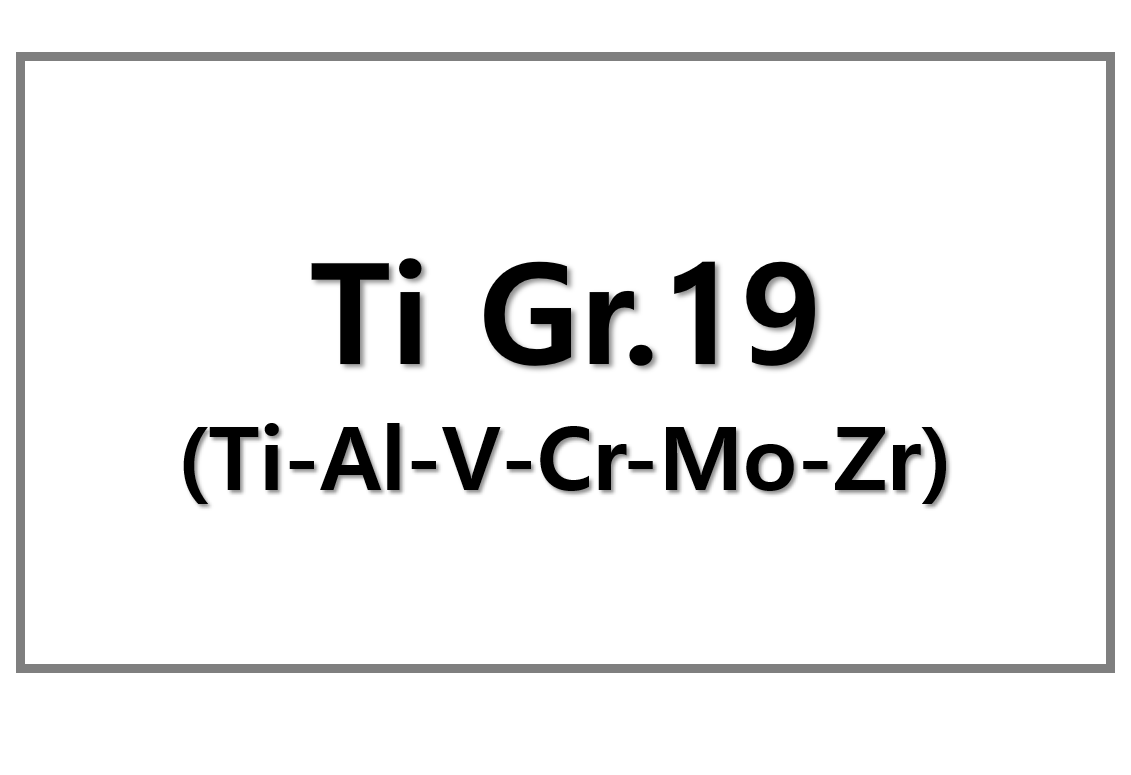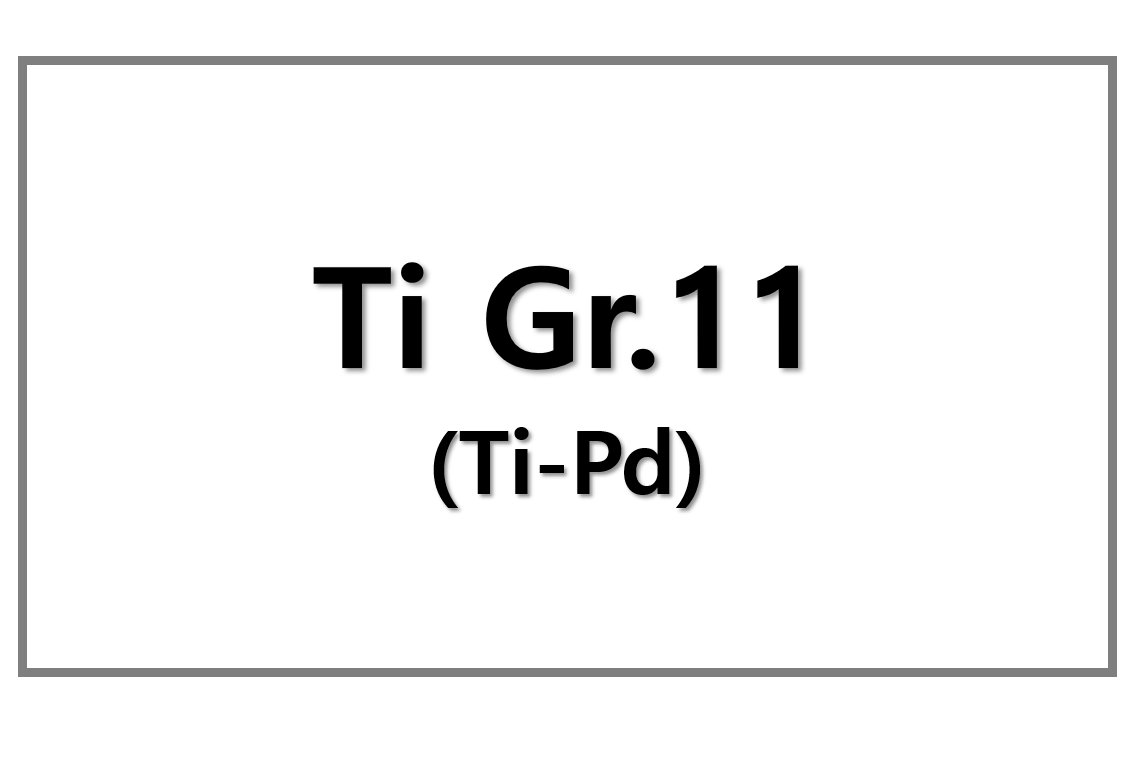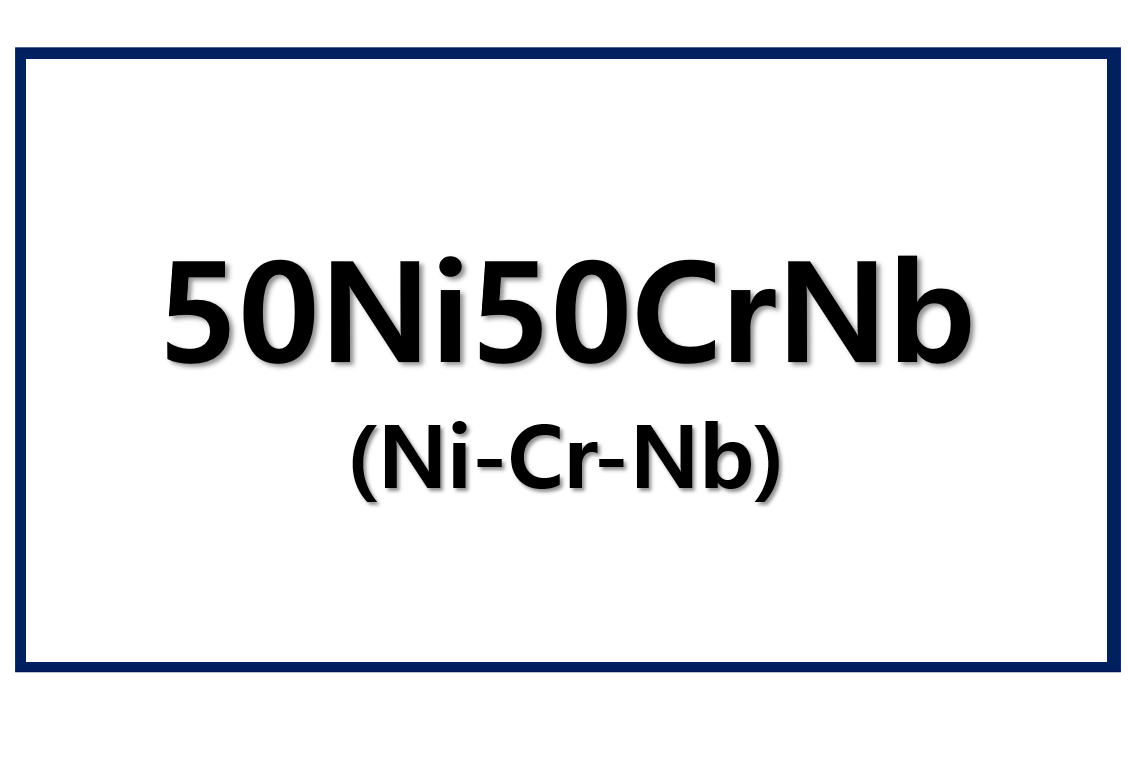
Tariff Volatility Cripples US Steel Market Outlook
The uncertainty over new tariffs is choking the US steel sector, just as producers hoped for a demand recovery. On April 2, the US government announced “reciprocal” tariff hikes, and now further increases loom if ongoing trade negotiations fail. With the August 1 deadline approaching, countries including Brazil, Canada, Mexico, and the EU face the threat of punitive tariff escalations. This climate of unpredictability has sparked alarm among US steel buyers, who are delaying purchases and project commitments.
Steel buyers, still contending with high interest rates and cautious market conditions, face compounding risks from input cost volatility. One analyst remarked, “There is not a lot of good news for US steel buyers right now.” Most buyers have taken a “wait and see” approach, leading to further stagnation in purchasing activity. This drag is evident in the hot rolled coil futures on the CME, which fell nearly $50 per short ton after a brief spike in early June.
While these new tariffs do not apply directly to finished steel imports already covered under Section 232, their indirect effects are considerable. Brazil, a major supplier of pig iron, scrap, and DRI, faces a possible 50% baseline tariff. If enacted, it would sharply raise US steelmakers’ input costs. In turn, this pressure could fuel further price volatility while discouraging downstream demand in construction and manufacturing.
Focus Keyphrase: Uncertainty Over New Tariffs
As negotiations stagnate, so do buyer commitments, amplifying price swings and creating a challenging landscape for US steel producers. The new “reciprocal” tariffs target critical raw material imports and are being used as leverage to fast-track trade talks. However, the strategy may be backfiring. So far, only two early-stage agreements — with the UK and Vietnam — have emerged, and even those face conditional hurdles that threaten their finalization.
For instance, the UK deal allowed for a reduced 25% tariff rate, contingent on meeting specific political criteria before July 9. That deadline has passed without a public update, putting even this exemption in jeopardy. Should the US revert to the full 50% Section 232 rate on UK steel, trust in future trade exemptions may erode further, complicating bilateral negotiations going forward.
Steel market sentiment remains weak as August 1 approaches with few resolved agreements. Survey feedback from major buyers and traders confirms continued reluctance and weak pricing momentum. While the US government hopes tariff threats will drive faster deals, the effect on the ground has been the opposite — frozen demand and a stalled pricing recovery.
SuperMetalPrice Commentary:
Uncertainty over new tariffs is proving toxic to US steel demand, especially as the market seeks stability amid high interest rates and inflationary pressures. The US administration’s aggressive tariff approach may undermine its own objectives by destabilizing its domestic supply chain. With less than three weeks before the August 1 deadline, few finalized trade agreements suggest that buyers will continue delaying purchases. Strategic players should closely monitor developments in Brazil and the UK, where raw material costs and exemption conditions could rapidly shift. If uncertainty persists beyond August, the US steel sector risks an extended period of suppressed demand and pricing weakness.











Leave a Reply
You must be logged in to post a comment.